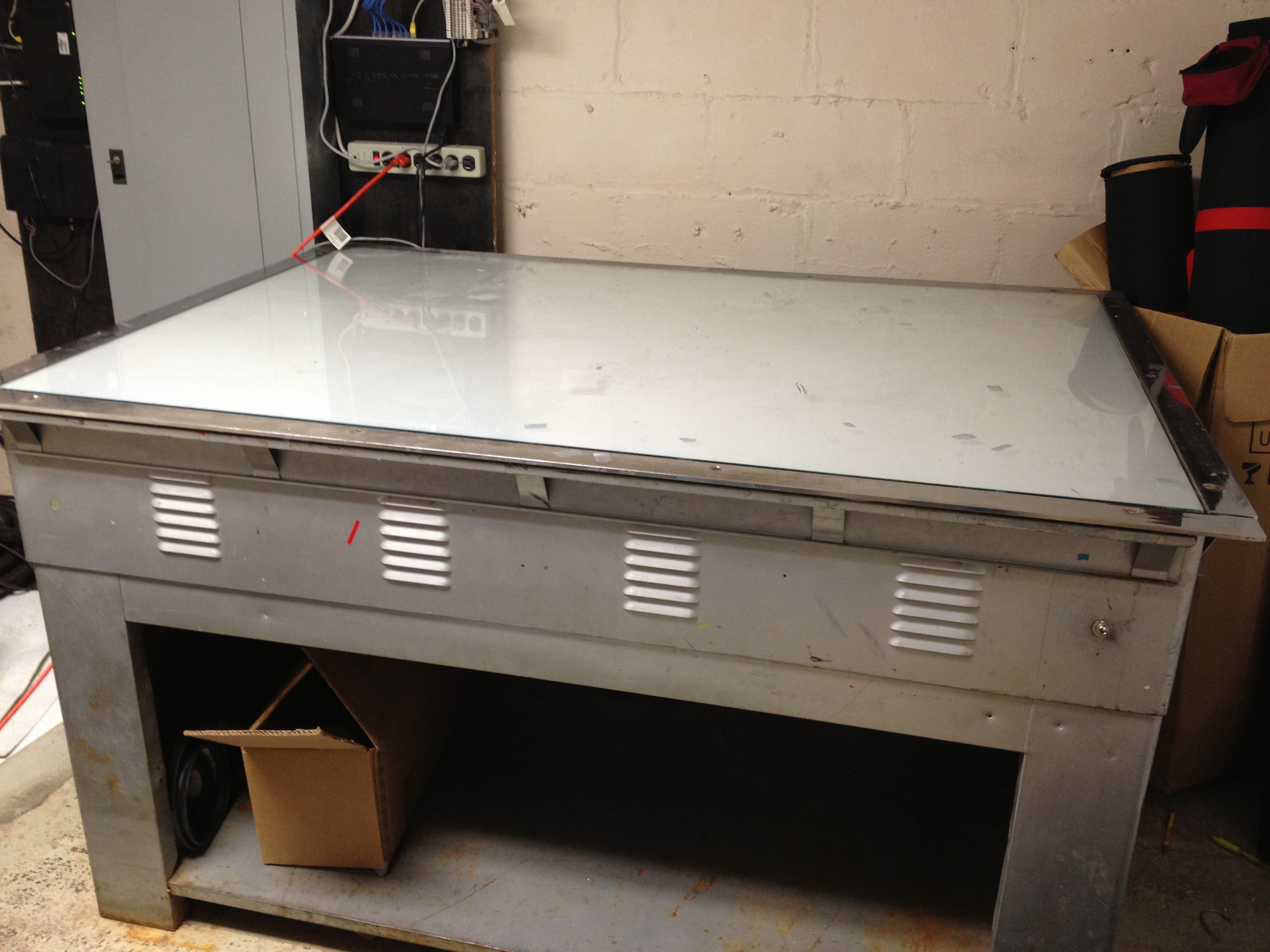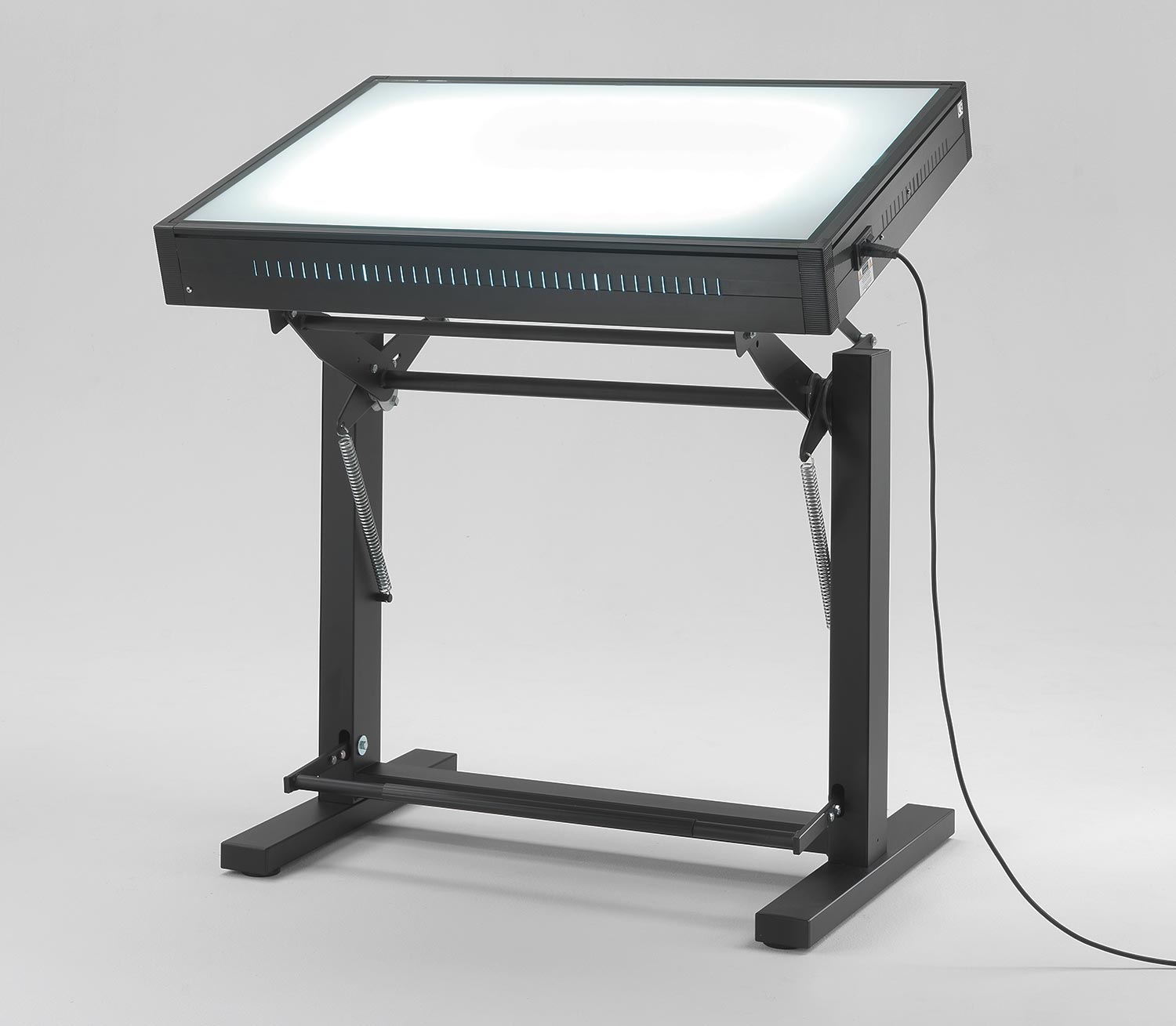

PHOTO LIGHT TABLE HOW TO
How to Click Product Photographs with DIY Built Light Box? We did not utilize any additional lighting in this example because we located an area of our office with plenty of natural light. If you do not have enough natural light, place a desk lamp above the lightbox. Place the light box near a bright window or naturally well-lit location. You can now photograph your products by placing them inside the lightbox.

To prevent the poster board from curling upwards, tape the bottom of the poster board to the bottom of the box. To make an “infinity” white background without edges, tape the top of the poster board to the top of the rear of the box, then let it drape down and out of the box. Make sure the poster board extends beyond the confines of the box. In addition, the tissue paper will serve as a light diffuser, softening incoming light and curbing harsh shadows Step 3Ĭut the poster board to the exact dimensions and drape it for a white background.Ĭut the poster board to fit the box’s width. The tissue paper should then be taped to the outside of the box, concealing all of the holes. Step 2Ĭut white tissue paper to the exact dimensions of the box and tape it on it.Ĭut the tissue paper to the dimensions of the box’s sides (leaving edges that can be taped down). You do not have to make it perfect-it can be a little haphazard and sloppy. Next, cut out three of the box’s sides, leaving a 1-inch border on each side. The following are the tools you will need:Ĭut the top flaps off the box with the box cutter. This $3.70 lightbox took ten minutes to construct. How to Build a DIY Light Box for Photography? Here are some of the best applications for a lightbox: Product Photographyįor anyone who requires detailed images of products for sale, such as crafts, jewelry, or electronics.Ĭreate attractive (and well-lit) shots of your work by arranging miniature still-life setups inside your lightbox. The optimum use for a photography lightbox is to photograph small items that fit inside the box. You will not get the visuals you desire with a lightbox if you want character, depth, range, and various elements. However, for dynamic images, lightbox photography is not the ideal option. Get yourself a lightbox to exhibit whatever you want to highlight in detail and place it in the limelight without any distractions.

However, you can use this technique for just about anything you wish to film with the same final result. When Should Light Box Photography Be Used?Īs you may have guessed, lightbox photography is perfect for photographing small, handled items. The space around the subject simplifies the editing process and makes it easy to add things like shadows in post-production. Therefore, focusing on the subject becomes simple. There are no distractions in the background. There may be none at all, or the panels and light source might be positioned to provide mild, soft shadowing. Controlled ShadowsĪ lightbox enables you to manipulate the subject’s shadows. Your subject will be evenly lighted to the same degree as the light source is emerging from all angles at the same power. The box panels’ smooth, white surfaces will reflect light, allowing it to reach practically every crevice of the subject. Lightbox photography is the most effective approach to illuminating a subject properly. So, what does all of this achieve, and what are the outcomes? Here is what to expect when shooting a product (or any small thing) in a lightbox: Illumination Some even have colored backdrop sheets included. In addition, some cameras allow you to open the panels for more flexible shooting angles. Also, you can fold some of them effortlessly. As specific lightbox panels are translucent, you can shine a light from the outside or use natural light by placing the box outside.Īs previously said, you can choose from numerous lightbox models. You can either utilize LED lights that are fastened to the inside of the box (generally the more expensive variants) or bring your lights. This is how photographers can light products so effectively. When a light source is brought into the box, the white surfaces will reflect the light, completely covering the topic inside. An opening in the front allows you to reach in and arrange the subject before photographing it.Ī smooth, white material covers all sides, including the platform and ceiling. The platform, three vertical sides encircling the platform, and a roof make up a light box’s five sides/panels.


 0 kommentar(er)
0 kommentar(er)
